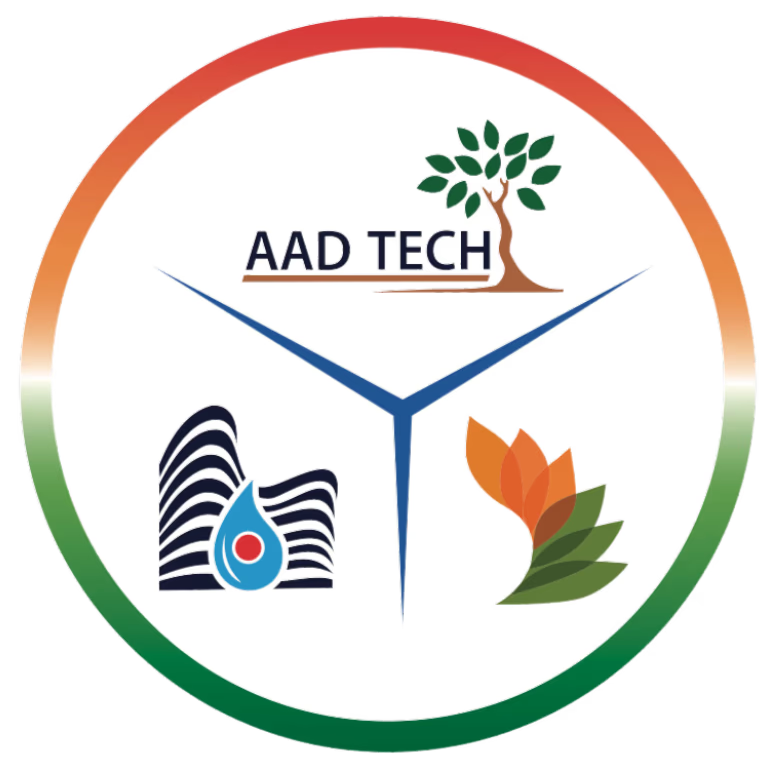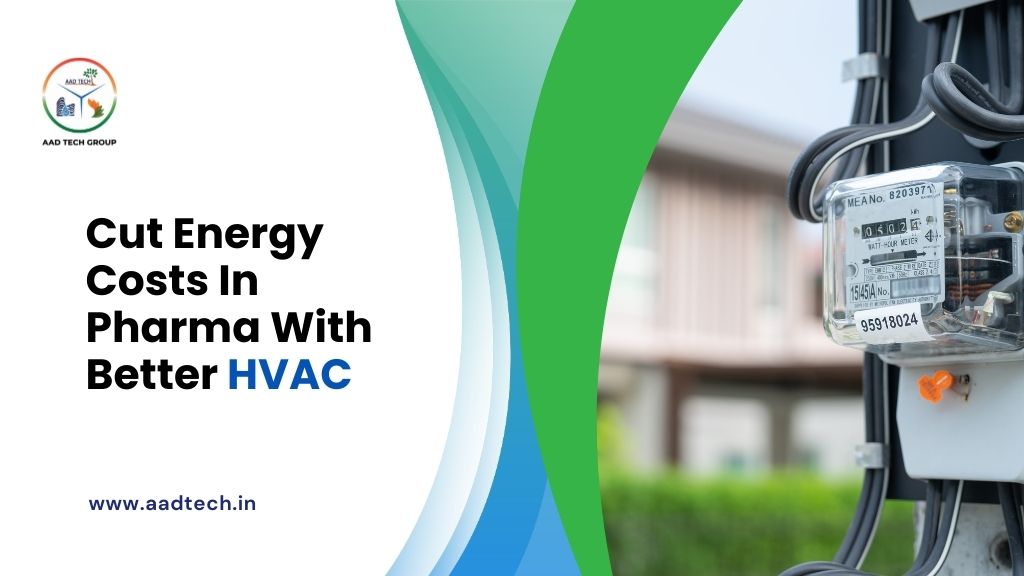Pharmaceutical manufacturing is one of the most energy-intensive industries, with HVAC systems accounting for up to 60% of total energy use in many facilities. Unlike conventional commercial buildings, pharma facilities demand precise control of temperature, humidity, and air quality to ensure product safety, compliance, and staff comfort.
This makes energy efficiency a major challenge. Yet, with the proper HVAC design procedures, businesses can save substantial amounts on operational expenses while fulfilling strict environmental requirements. Industry experts like Aad Tech have a crucial role to play in providing solutions that are cost-saving without compromising compliance.
Why HVAC Efficiency is Important in Pharma
Pharma companies must comply with stringent regulations such as Good Manufacturing Practices (GMP), which mandate controlled environments to protect sensitive drugs and vaccines. Cleanrooms, laboratories, and production areas often run 24/7, creating continuous HVAC demand. Without efficient design, energy costs can spiral, affecting both profitability and sustainability goals.
1. Use Energy-Efficient Air Handling Units (AHUs)
Air Handling Units form the core of HVAC systems in pharma plants. Replacing traditional fans, motors, and filters with high-efficiency ones can reduce energy consumption by a great margin. The integration of EC fan technology enables variable control of airflow, ensuring that the system provides only as much air as needed.
Retro-fitting AHUs rather than replacing them is another value-for-money solution for extending life and optimizing performance. Aad Tech is one company that offers customized AHU solutions perfectly suited to pharma’s stringent environmental demands.
2. Use FanGrid Technology
Pharma cleanroom large AHUs tend to need high air volumes. FanGrid systems, employing several smaller fans rather than a single large fan, increase efficiency, decrease noise, and provide better redundancy. This guarantees round-the-clock operation, something essential in pharma environments, while decreasing energy intake.
3. Optimize Air Changes per Hour (ACH)
Pharma guidelines usually demand certain air change rates to keep the cleanroom hygienic. But sometimes cleanrooms get over-ventilated, which incurs extra energy expenses unnecessarily. With proper determination of cleanroom classification and usage of the minimum ACH necessary without jeopardizing compliance, a lot of energy can be saved by companies. Smart airflow monitoring and control systems enable this optimisation with greater precision and reliability.
4. Heat Recovery Systems
HVAC in pharma facilities deal with huge quantities of conditioned air. Heat recovery systems collect waste heat from exhaust air and utilize it to pre-condition fresh incoming air. This lightens the energy load on chillers and boilers, reducing total energy consumption while keeping environmental parameters tight.
5. Smart Controls and Building Automation
Integration with Building Management Systems (BMS) and HVAC controls enables pharma facilities to have accurate, real-time control over temperature, humidity, and air quality. Automated scheduling, demand-controlled ventilation, and predictive maintenance capabilities eliminate unnecessary use of energy and prolong equipment life.
6. Humidity Control Strategies
Sustaining humidity in very narrow ranges is essential in pharma. Rather than using energy-intensive traditional dehumidifiers, plants can implement desiccant-based solutions or hybrid options that consume less energy. Coupled with intelligent sensors, they provide consistent humidity control without excessive power consumption.
7. Chiller Plant Optimisation
Chillers are the biggest consumers of energy in pharma HVAC systems. Chiller right-sizing, variable speed drive (VSD) use, and free cooling wherever possible can significantly decrease operational costs. Routine maintenance and monitoring also help to guarantee maximum efficiency.
8. Regular HVAC Audits and Retrofitting
Energy efficiency is not a design decision but a continuous process. Performing regular HVAC performance audits determines inefficiencies, leakage, or overconsumption. Retrofitting old systems with newer, energy-efficient parts is usually less expensive than complete replacements and provides quicker ROI.
Conclusion
For pharma manufacturers, reducing HVAC energy expenses while not affecting compliance is a high-wire act. By harnessing advanced design principles like efficient AHUs, FanGrid technology, heat recovery units, and intelligent controls, plants can make considerable savings without sacrificing world-class manufacturing conditions. Through the expertise of companies like Aad Tech, pharma manufacturers can keep not only their HVAC systems regulatory-compliant, but also cost-effective and environmentally friendly.

